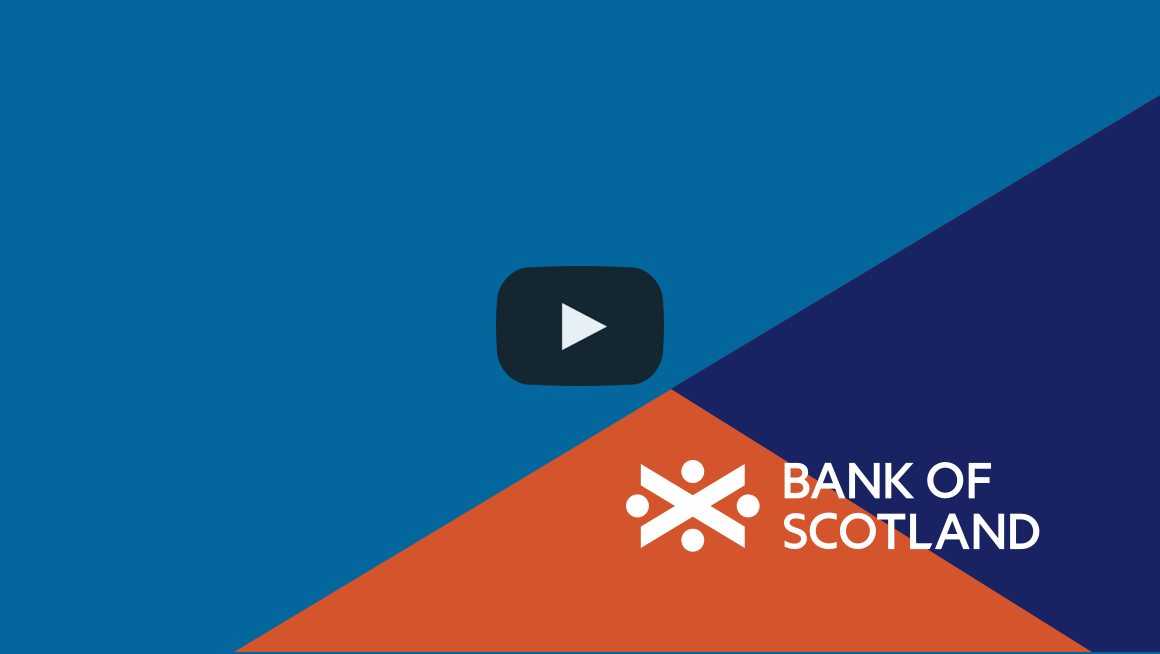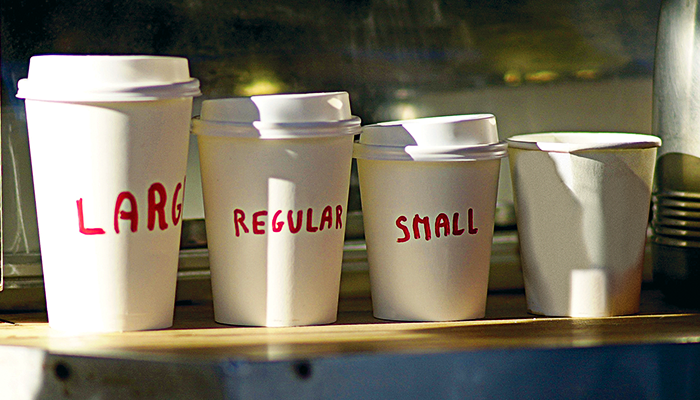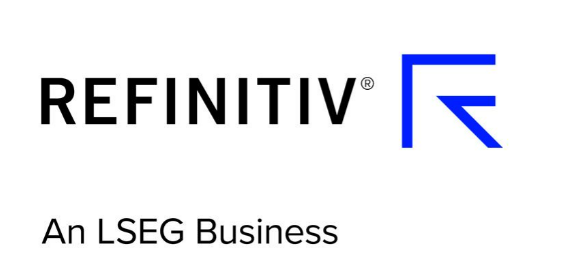What can I invest in?
- 9 min reading time

You’ve decided to invest, but there are many investments to choose from. Here’s our guide to finding the right investments for you.
What you will learn
With so many types of investment to choose from, it can be difficult to know where to start.
Here’s our guide to the main types of investment and their key features.
Savings accounts: nice and steady
As a first step, you could put your money in a savings account so it starts gaining interest. Savings accounts are offered by most banks and building societies, and are seen as a safe investment. They are also the best option if you only plan to invest for the short term.
They come in different shapes and sizes, so read up on the terms and conditions – like fixed or variable interest rate, or minimum and maximum deposits. Also, look into how it works in terms of accessing your money.
If interest rates stay low, your earnings will too. Still, there are some benefits.
If you’re happy to save for longer – or to put your money in an account which has rules about when and how often you can take money out – you could earn a higher rate of interest. You’re also protected by the Financial Services Compensation Scheme. This means you’ll get a refund on any deposits you lose – up to £85,000 – if your bank or building society becomes insolvent. That’s why savings accounts are a safe way to invest cash, and can play a big part in your portfolio.
What should you watch out for? Savings accounts are not entirely risk-free. Inflation can eat away the value of your money over time, as can fees and penalties charged by the bank for operating the account.
Learn more about managing cash in your portfolio.
Stocks and shares: investing in the markets
Shares are issued when a company wants to raise money. Buying shares lets you own a small part of the company and become a shareholder. The value of shares will change based on how other investors think the company will perform in the future.
The share price rise or fall is influenced by a number of things, including company earnings, dividend payments, demand for what the company does, and political events. If the company does a lot of trade overseas, or uses foreign suppliers, then its share price will be affected by the strength or weakness of the currency it uses.
If a company does well, your shares will increase in value. You may also receive a dividend payment based on the profits made by the company. But that means the value of your shares could fall if the company performs poorly, or if there’s a dip in the market. Dividends may also be reduced or completely cut.
What should you watch out for? Keep an eye on how often a company’s shares are traded. Shares in smaller companies and some overseas stocks can be difficult to sell easily. This increases your chances of making a loss as you may not be able to offload the shares quickly when you want to.
If you’re an experienced investor and have made a lot of money then you may have to pay capital gains tax (CGT). This tax is charged on all the profits that you make on selling assets above a certain limit. You can find help and support about ISA subscriptions, Capital Gains Tax and Dividend allowances in our FAQs.
Bonds: fixing your income
Bonds are usually issued by governments or companies to raise money, as an alternative to normal loans. If a company issues one, it’s called a corporate bond.
Government bonds are known by different names in different parts of the world. In the UK, we call them ‘gilts’.
Bonds are usually fixed-income. You get a set interest rate, and a date when the loaned funds will be returned. This is also known as maturity.
Government bonds are seen as a relatively secure investment (although not 100% safe as even a government can fail). But you can expect a better rate if the bond was issued by a developing country. That’s because the risk that investors won’t get their money back is higher.
Corporate bonds, on the other hand, depend on the company’s performance. This increased level of risk means investors expect to receive higher yields than a government bond.
You’re paid an agreed rate of interest for investing in a bond, which means you receive a fixed amount for the life of the bond. This is good for investors who want an income. However, because you can trade them, bond prices can go up or down depending on how popular they are.
How do bonds work?
An organisation will raise money by issuing a bond for a set period of time. This comes with a fixed rate of interest that provides a constant income for the investor over the life of the bond. As a bond can be traded, when its market price goes up, the return – or yield – goes down.
Our case study below shows why
Key
-
Bond purchase price
-
Fixed annual interest
-
Bond yield
Investor 1
Buys bond for £1,000.
Annual interest of £100 is set for the lifetime of the bond.
So, the investor makes a return of 10% (known as the yield).
-
£1,000
-
£100
-
10%
Investor 2
Buys bond from investor 1 for £900.
Return is calculated by dividing annual interest by price (£100/£900x 100).
So, the return (yield) is 11.1%.
-
£900
-
£100
-
11.1%
Investor 3
Buys bond from investor 2 for £1,100.
Return is calculated by dividing annual interest by price (£100/£1,100 x 100).
The return (yield) on their investment is 9.1%.
-
£1,100
-
£100
-
9.1%
Return, or ‘yield’, is the amount of income the bond generates. The yield on a bond is calculated by dividing the fixed amount of interest with the amount the bond was traded for. The yield goes down when its price goes up, and up when the trading price goes down.
The ‘overall yield’ on a bond is the combination of the interest earned during the whole period you own it, and its rise and fall in price over the same period.
If you hear people talking about ‘current yield’, that refers to the return they expect on the bond if they hold onto to it for a year.
What to watch out for: As we explained above, the price of your bond will fall as interest rates rise. The bond income can also be eaten away by inflation. If you do well, you will also have to pay capital gains tax on your profits at the same rate as for shares.
Property: putting your money in bricks and mortar
This doesn’t only mean buying the property itself. You can also invest in a fund that specialises in property (generally commercial or industrial).
Buying directly gives you a solid asset, but you’ll have to keep in mind the extra costs and time spent on managing your property.
What to watch out for: It’s worth remembering that it can take some time to sell property and access your money. That’s why those who need to sell quickly sometimes have to accept a lower price.
The value of your property investment – regardless of what you choose – could go up and down by quite a bit. That’s why property is usually seen as a long-term investment.
Not surprisingly, the taxman also takes an interest in property investors. You don’t pay tax on the profits made when you sell your main home. But any gains you make on buy-to-let and second homes are taxed at 18% if you’re a basic rate taxpayer and at 28% if you already pay the higher rate.
Funds: open-ended investment companies (OEICs) and unit trusts
Funds often package shares from different company types, sectors and countries. This gives you some more protection against market dips, as it’s unlikely all your assets will be impacted the same way. They generally come in two types: open-ended and close-ended. Both are professionally managed, but there’s a key difference.
Open-ended funds sell straight to you through a fund company. They’re made up of open-ended investment companies (generally called OEICs) and unit trusts. When you invest in them, managers add your money to their existing investment portfolio, and you get you ‘units’ in return.
Close-ended funds, on the other hand, offer a fixed number of shares and are traded on the stock market like other types of shares. They include exchange-traded funds (generally known as ETFs) and investment trusts – you can find out more about the difference between the two later on.
When choosing a fund, you can look at its potential for growth and compare it to the risk that it might lose value to see what you’re comfortable with.
You can also think about investing in a passive fund. This will track an index like the FTSE ('Footsie') 100, and let you invest in a lot of different companies at a relatively low cost. Or, you can go with a fund that’s managed by a fund manager who buys or sells investments depending on how they think the market will perform.
What to watch out for: While funds that track an index will lose value if the index itself declines, actively managed funds will either outperform or underperform the index depending on the manager’s decisions. OEICs charge annual fees so you need to consider if the growth in your OEIC is enough to cover these.
Did you know?
Some funds track a stock market index, while others are managed by a fund manager.
Choose a strategy
Having a clear understanding of your goals will help you decide whether you are seeking investments that provide an income or growth (you can read about the difference between income and growth here).
What are exchange-traded funds (ETFs) and investment trusts?
Like OEICs and unit trusts, exchange-traded funds (ETFs) and investment trusts invest in a wide range of investments, so you can increase the mix of assets in your portfolio and reduce the risk that it will lose value.
The main difference is that ETFs and investment trusts are listed on the stock exchange, meaning you can buy and sell them like shares.
ETFs are relatively low cost because most of them track an index like the UK’s FTSE ('Footsie') 100, or the American S&P 500, and aren’t managed by a fund manager.
Investment trusts can keep back up to 15% of the dividends they produce in good years so they can keep paying dividends to investors in years when market conditions are tougher – that means they could become a reliable income.
What to watch out for: Keep in mind that, while ETFs that track an index are quite straightforward, there are more complicated, ‘leveraged’ ETFs that lead to higher gains and losses.
Decide on a level of risk
Every investment carries a degree of risk. As a rule of thumb, riskier investments offer the potential for better gains but also a higher chance that your investments might go down in value
Investment trusts sometimes borrow money to try and produce greater returns. This is called ‘gearing’, and can lead to higher losses if the manager’s decisions don’t work out.
To find out more about types of investment, read our Investment assets and vehicles field guide.
Risk notice
Any information provided should not be considered personal advice. Past performance is not a guide to future performance. You may not get back the full amount you invest. If you have any doubts about making your own investment decisions, seek financial advice. Tax treatment depends on individual circumstances and may be subject to change in the future. The information given is not intended to provide legal, tax or financial advice.


























